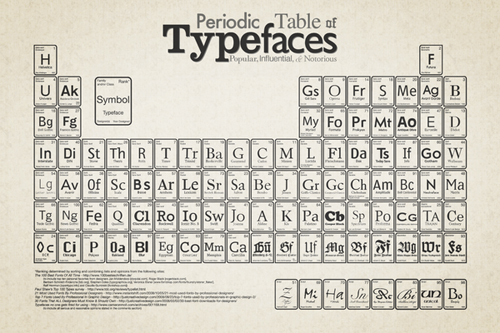The white was vital to the soul of the poem
“He looked for poems of four, five, six lines. He scrutinized such poems, thinking into every intimation, and his feelings seemed to float in the white space around the lines. There were marks on the page and there was the page. The white was vital to the soul of the poem.”
—Don DeLillo, Cosmopolis, 2003.
What is white?
“How do we know anything? How do we know the wall we’re looking at is white? What is white?”
—Don DeLillo, Cosmopolis, 2003.
Blue
“Each evening, ’bout the time for daylight to die
Each evening, ’bout the time when nighttime is nigh
Comes a feeling
Such a lonely feeling
It finds me anywhere I happen to be
Reminds me, ain’t nobody bluer than me
What a feeling
Such a lonely feeling
I pray to heaven, O lord what can I do?
But soon, soon as the evening sun goes down
I’m blue
Blue and wrapped up in sorrow
Blue like there’s no tomorrow
Empty and discontented
With life’s indigo hue
Each morning, I try to greet the day with a smile
By evening, after laying low for a while
Comes a feeling
Such a lonely feeling
I’m blue
I’m blue
I’m blue”
—Gildo Mahones (lyrics) and Jon Hendricks, “Blue,” recorded by Lambert, Hendricks & Ross in 1959.
a smart charcoal gray
“Above him shone the light, large, clinical and fierce. No furniture, just whitewashed walls, quite close all around, and the gray steel door, a smart charcoal gray, the color you see on clever London houses. There was nothing else. Nothing at all. Nothing to think about, just the savage pain.”
—John le Carré, The Spy Who Came In From the Cold, 1963.
Midnight Sun
“Your lips were like a red and ruby chalice, warmer than the summer night.
The clouds were like an alabaster palace rising to a snowy height.
Each star its own aurora borealis, suddenly you held me tight,
I could see the midnight sun. . . .
Was there ever such a night, it’s a thrill I still don’t quite believe,
But after you were gone, there was still some stardust on my sleeve.
The flame of it may dwindle to an ember, and the stars forget to shine,
And we may see the meadow in December, icy white and crystalline.
But oh my darling always I’ll remember when your lips were close to mine,
And we saw the midnight sun.”
—Johnny Mercer (lyrics), Lionel Hampton and Sunny Burke (music), “Midnight Sun,” 1947. The lyrics were written subsequent to the instrumental. “Johnny Mercer was driving along the freeway from Palm Springs to Hollywood, California, when he heard the instrumental on his car radio and started to set words to the song as he drove,” according to Wikipedia.
Orange Colored Sky
“I was walking along minding my business
When love came and hit me in the eye
Flash! Bam! Alakazam!
Out of an orange colored sky.”
—Milton DeLugg & Willie Stein, “Orange Colored Sky,” 1950.
Periodic Table of Typefaces
No hands or hues were exempt
“WE WILL DYE THE HANDS OF EACH CITIZEN WITH A DIFFERENT COLOR, he said. AND WILL THIS WAY DISCOVER WHO HAS BEEN PUTTING THEIRS BEHIND HERZOG’S COUNTER.
Lippa R’s were dyed blood red. Pelsa G’s the light green of her eyes. Mica P’s a subtle purple, like the silver of sky above the Radziwell Forest’s tree line when the sun set for the third Shabbos of that November. No hands or hues were exempt. To be fair, even Herzog J’s were dyed, the pink of a particular Troides helena butterfly that happened to have died on the desk of Dickie D, the chemist who invented the chemical that couldn’t be washed off, but would leave smears on whatever the dyed hands touched.”
—Jonathan Safran Foer, Everything Is Illuminated, 2002.
I know that they are the Jewish colors
“The station was not ordinary, because there were blue and yellow papers from the ceiling. They were there for the first birthday of the new constitution. This did not make me so proud, but I was appeased that the hero should view them when disembarking the train from Prague. He would obtain an excellent picture of our country. Perhaps he would think that the yellow and blue papers were for him, because I know that they are the Jewish colors.”
—Jonathan Safran Foer, Everything Is Illuminated, 2002.
extravagance indeed
“A lantern on a moonlit night is extravagance indeed, but Seijuro far surpassed this by burning lights during the very brightness of the noonday sun.”
—Ihara Saikaku, The Life of an Amorous Woman, 1692.
